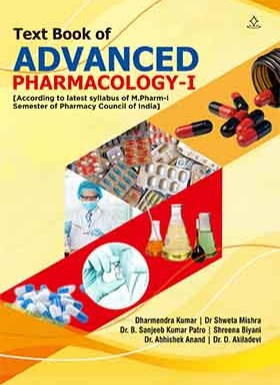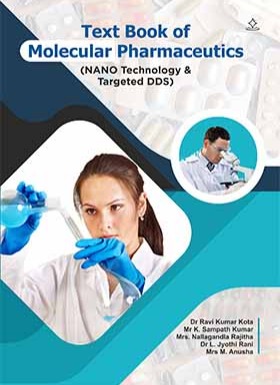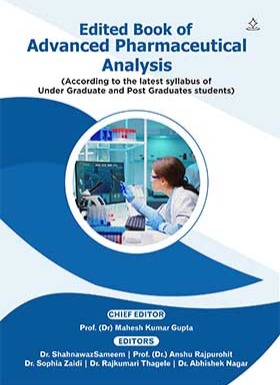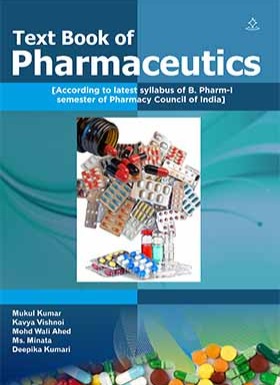


ISBN : 978-93-6087-776-7
Category : Academic
Catalogue : Medical And Nursing
ID : SB21496
TEXT BOOK OF MEDICINAL CHEMISTRY-III
According to latest syllabus of B Pharm-VI Semester of Pharmacy Council of India
Dr. Rajat Vaishnav, Dr. Divya, Dr.Prabhat Kumar Upadhyay, Dr. Rekha Tarasingh Rajput, Dr. Bhoomika
Paperback
999.00
e Book
699.00
Pages : 276
Language : English
About Book
The textbook provides an advanced exploration into medicinal chemistry, with a strong focus on modern drug development. It systematically covers diverse classes of antibiotics, including β-lactam antibiotics, aminoglycosides, and tetracyclines, presenting their historical background to contextualize their evolution in medical practice. Detailed discussions on nomenclature and stereochemistry offer insights into the molecular intricacies of drugs, while structure–activity relationships (SAR) are thoroughly examined to highlight the connection between chemical structure and biological activity. Additionally, the text explains chemical degradation processes and classification methods for various medicinal compounds. An in-depth analysis of β-lactam antibiotics encompasses penicillins, cephalosporins, β-lactamase inhibitors, and monobactams. The section on aminoglycosides focuses on key agents like streptomycin, neomycin, and kanamycin, whereas tetracycline derivatives such as oxytetracycline, chlortetracycline, minocycline, and doxycycline are discussed in detail. The macrolide section delves into drugs like erythromycin, clarithromycin, and azithromycin, emphasizing their clinical importance. A review of miscellaneous antibiotics, including chloramphenicol and clindamycin, further broadens the coverage. The concept of prodrugs is introduced, explaining their design principles and applications in therapy. The book also outlines the etiology of malaria and the development of antimalarial drugs, with a focus on quinolines and related agents, along with biguanides, dihydrotriazines, and other antimalarial compounds, highlighting their SAR and chemical features. A comprehensive review of anti-tubercular agents includes both synthetic drugs and antibiotic treatments like rifampicin and rifabutin. The text examines urinary tract anti-infective agents and various quinolones used to treat related infections. Furthermore, antiviral agents, spanning from acyclovir to prote
Customer Reviews





